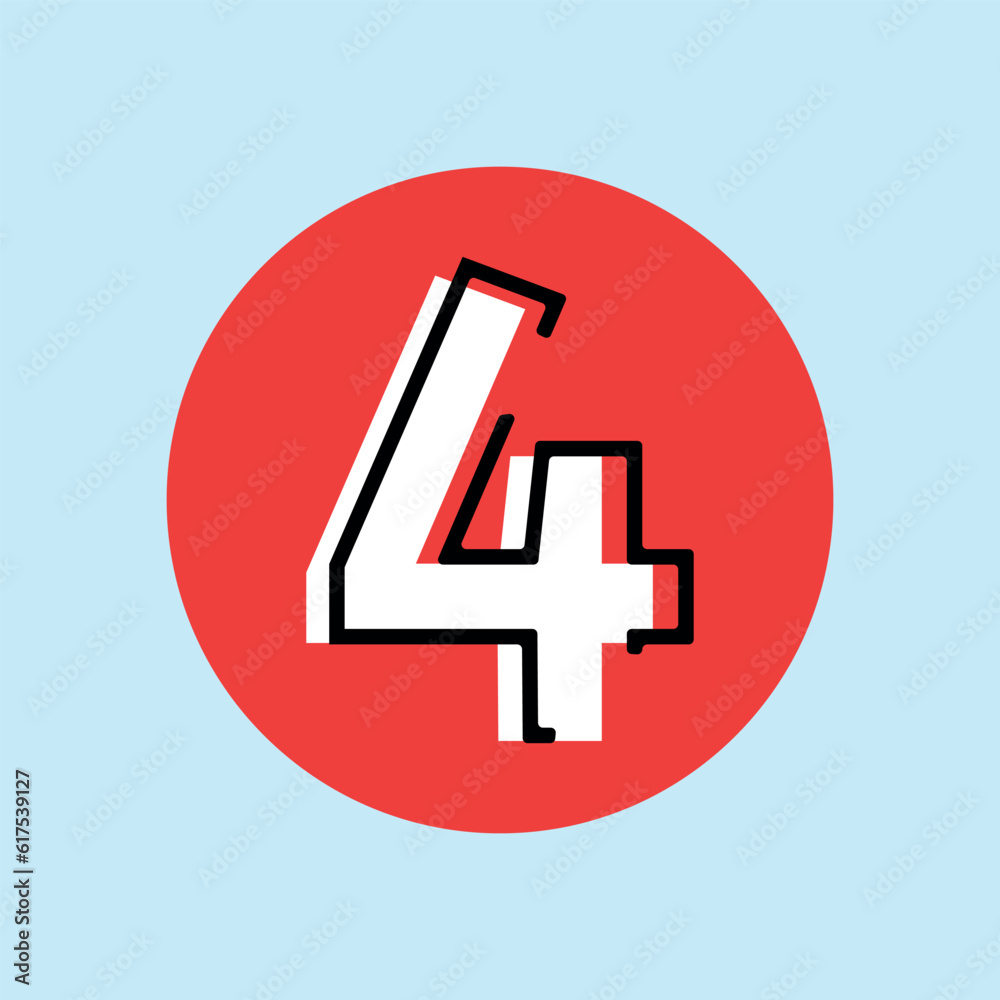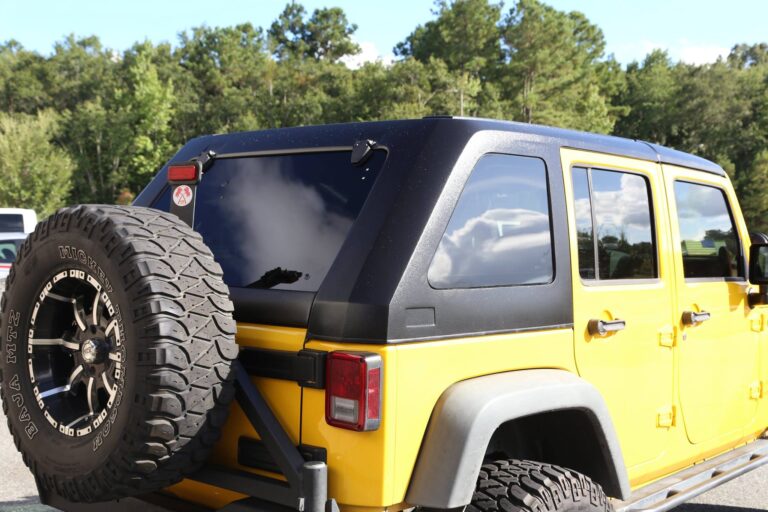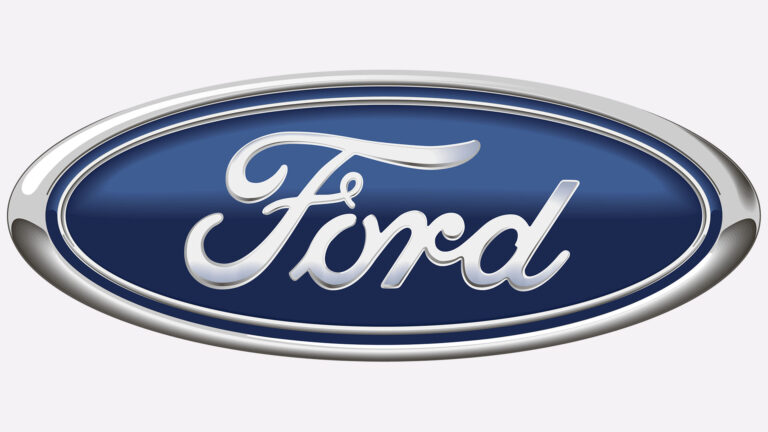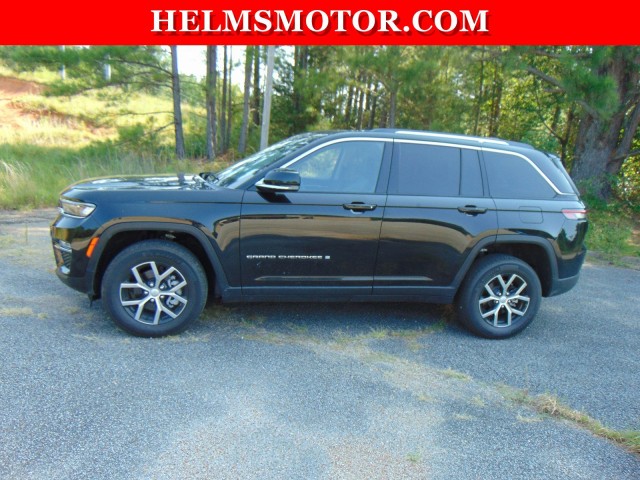4.0 Jeep Motor For Sale: Your Comprehensive Guide to Reviving Your Ride
4.0 Jeep Motor For Sale: Your Comprehensive Guide to Reviving Your Ride jeeps.truckstrend.com
The unmistakable roar of a Jeep, tackling trails or cruising highways, is often powered by a legendary heart: the 4.0-liter inline-six engine. Revered for its bulletproof reliability, ample low-end torque, and incredible longevity, the AMC 242 (as it’s formally known) became the backbone of countless Jeep Cherokee XJs, Wrangler TJs, and Grand Cherokee ZJs for nearly two decades. If you’re searching for a "4.0 Jeep Motor For Sale," you’re not just looking for an engine; you’re seeking to breathe new life into a beloved classic, restore a cherished off-road companion, or perhaps embark on a custom build. This comprehensive guide will navigate you through everything you need to know about finding, evaluating, and acquiring the perfect 4.0L engine for your needs.
Why the 4.0L is Still King: The Enduring Legacy of the AMC 242
4.0 Jeep Motor For Sale: Your Comprehensive Guide to Reviving Your Ride
Introduced in 1987, the 4.0L inline-six was a direct evolution of earlier AMC straight-six designs, refined to perfection. Its simple, robust architecture—featuring a cast-iron block and head, pushrod design, and a relatively low redline—contributed to its legendary durability. Owners routinely report these engines clocking well over 200,000 to 300,000 miles, and often much more, with proper maintenance.
What makes the 4.0L so desirable even today?
- Reliability: It’s famously difficult to kill. Known issues are minor and easily remedied (e.g., exhaust manifold cracks, rear main seal leaks).
- Torque: Its long stroke design delivers excellent low-end torque, crucial for off-roading and daily driving alike.
- Simplicity: Fewer moving parts and a straightforward design make it relatively easy to work on for the average DIY mechanic.
- Aftermarket Support: A vast array of aftermarket parts and performance upgrades are readily available.
- Community Knowledge: Decades of ownership mean a wealth of information and troubleshooting tips are available online.

For many Jeep enthusiasts, replacing a tired 4.0L with another 4.0L is a no-brainer, preserving the vehicle’s original character and maximizing its lifespan.
Understanding Your Options: Types of 4.0L Motors Available
When searching for a 4.0 Jeep motor for sale, you’ll primarily encounter a few distinct categories, each with its own set of pros, cons, and price points.
-
Used/Pulled Motors:
- Description: These are engines removed from donor vehicles, typically due to a collision, rust, or other non-engine-related issues.
- Pros: Most affordable option. Can be a good deal if you find one from a reputable source with verifiable history.
- Cons: "As-is" condition. Unknown mileage, maintenance history, and internal wear. High risk of hidden problems. Requires thorough inspection and testing (e.g., compression test).
- Best For: Those on a tight budget with mechanical expertise, or those looking for a core to rebuild themselves.

-
Rebuilt/Remanufactured Motors:
- Description: These engines have been professionally disassembled, inspected, cleaned, and had worn components replaced (e.g., pistons, rings, bearings, camshaft, valves, seals). They are then reassembled to factory specifications or better.
- Pros: Comes with a warranty (typically 1-3 years). All wear items are new. Often dyno-tested. Offers a "like-new" performance without the "new" price tag.
- Cons: More expensive than used motors. Quality can vary significantly between rebuilders; choose a reputable company. May require a core charge.
- Best For: Most consumers seeking a reliable, long-term solution with peace of mind.
-
Stroker Motors:
- Description: A highly modified 4.0L engine where the crankshaft from a 4.2L Jeep engine (or an aftermarket stroker crank) is combined with custom connecting rods and pistons to increase displacement (typically to 4.5L or 4.6L). This results in significantly more horsepower and torque.
- Pros: Substantial power increase. Transforms the vehicle’s performance.
- Cons: Most expensive option. Requires specialized tuning and supporting modifications (exhaust, fuel system, cooling). Can impact long-term reliability if not built correctly. Not emissions legal in all areas.
- Best For: Performance enthusiasts and serious off-roaders looking for maximum power from their inline-six.

Where to Find a 4.0 Jeep Motor For Sale
Your search will likely lead you to a variety of sources, each with its own advantages:
- Online Marketplaces: Websites like eBay, Facebook Marketplace, and Craigslist are common for used engines. Be extremely cautious and always try to inspect in person.
- Specialized Jeep Forums & Communities: Enthusiast forums (e.g., JeepForum.com, NAXJA.org for XJs, WranglerForum.com for TJs) often have "for sale" sections where members sell parts, including engines. These can be good sources for well-maintained used motors from fellow enthusiasts.
- Local Junkyards/Salvage Yards: A traditional source for used parts. You might find a bargain, but the condition can be highly variable.
- Remanufacturing Companies: Large national companies (e.g., Jasper Engines, ATK Remanufacturing) and smaller regional shops specialize in rebuilt engines. These are often the most reliable sources for remanufactured units.
- Performance Shops: If you’re considering a stroker motor, a reputable performance shop specializing in Jeeps or custom engine builds is your best bet.
Key Considerations Before Buying
Before you hand over your hard-earned cash, a thorough evaluation is paramount.
- Mileage and History: For used motors, always ask for the donor vehicle’s mileage and any available maintenance records. Lower mileage is generally better, but proper maintenance trumps high mileage in many cases.
- Visual Inspection: Look for signs of:
- Leaks: Oil leaks (especially the rear main seal), coolant leaks.
- Cracks: Cracks in the block or cylinder head (especially between valve seats).
- Corrosion: Excessive rust, indicating prolonged exposure or submersion.
- Overheating: Discoloration of the block or head, warped surfaces, or signs of blown head gaskets.
- Oil Condition: If possible, check the oil. Milky oil indicates coolant contamination.
- Spark Plugs: If accessible, remove a few plugs to check their condition.
- Compression Test Results: For any used engine, insist on a compression test. Consistent readings across all cylinders (typically 120-150 psi) with no more than 10-15% variance between cylinders is a strong indicator of good internal health. Avoid engines with low or inconsistent compression.
- Warranty: This is crucial for rebuilt/remanufactured motors. Understand the terms, coverage period, and what voids the warranty.
- Core Charge: If buying a rebuilt engine, be prepared for a core charge. This is a refundable deposit that you get back when you return your old engine (the "core"). Ensure your old engine meets the core return criteria.
- Shipping Costs: Engines are heavy. Factor in freight shipping costs, which can be substantial, especially for long distances.
- Compatibility: While the 4.0L is largely consistent, there are minor differences between model years that can affect compatibility:
- Crank Sensor Location: Early models (pre-91) have the crank sensor in the timing cover; later models (91-06) have it in the bellhousing.
- Head Design: Some minor variations exist.
- Accessory Mounts: Slight differences in brackets for accessories like power steering pump, alternator.
- PCM/ECU: Ensure your existing computer is compatible, or plan for a reflash/replacement.
Installation and Beyond: What to Expect
Once you’ve secured your 4.0L engine, the next step is installation.
- DIY vs. Professional: Swapping an engine is a significant undertaking. If you have the tools, space, and mechanical expertise, it’s doable. Otherwise, hiring a qualified mechanic is advisable.
- Peripheral Components: Don’t forget to budget for new gaskets (intake, exhaust, valve cover), seals (front and rear main), spark plugs, ignition components, sensors (CPS, TPS, O2), thermostat, water pump, motor mounts, fluids (oil, coolant), and potentially new hoses and belts. It’s best to replace these "wear items" during the swap for maximum reliability.
- Break-in Procedure: If you’ve purchased a rebuilt engine, follow the rebuilder’s specific break-in recommendations to ensure proper ring seating and longevity.
- Potential Upgrades: An engine swap is an ideal time to perform other upgrades, such as a high-flow exhaust system, improved cooling (new radiator, water pump, fan clutch), or an aftermarket intake.
Common Challenges and Solutions
- Finding a Good Used Motor: It’s like finding a needle in a haystack. Solution: Be patient, ask many questions, get a compression test, and consider only motors from reputable sellers or those you can inspect thoroughly.
- Dealing with Shipping Damage: Engines are heavy and can be mishandled. Solution: Insist on proper crating and shipping insurance. Inspect the engine immediately upon arrival and document any damage with photos before signing off.
- Varying Quality of Rebuilt Motors: Not all rebuilders are equal. Solution: Research companies thoroughly, read reviews, check for certifications, and always prioritize those offering a solid warranty.
- Compatibility Issues: Minor year-to-year differences can cause headaches. Solution: Double-check part numbers and consult Jeep forums for specific swap advice for your year and model.
- Budget Creep: The engine itself is only part of the cost. Solution: Create a detailed budget that includes shipping, core charges, all necessary peripheral parts, fluids, and potential professional installation costs.
Price Table: 4.0 Jeep Motor For Sale
| Motor Type | Estimated Price Range (USD) | Typical Warranty | Key Considerations |
|---|---|---|---|
| Used/Pulled | $500 – $1,500 | None / 30-90 Days | Unknown history, requires thorough inspection & testing. |
| Rebuilt/Reman. | $2,000 – $3,500 | 1-3 Years | Quality varies by rebuilder, core charge applies. |
| Stroker (Built) | $4,000 – $7,000+ | Varies by Builder | Significant power, requires supporting mods & tuning, higher cost. |
Prices are estimates and can vary based on condition, mileage, rebuilder, location, and market demand.
Frequently Asked Questions (FAQ)
Q: What years did the 4.0L come in Jeeps?
A: The 4.0L inline-six was produced from 1987 to 2006, primarily in the Cherokee XJ, Wrangler TJ, Grand Cherokee ZJ, and some early WJ models.
Q: What’s the difference between the HO and non-HO 4.0L?
A: The "High Output" (HO) version (1991-2006) featured a redesigned cylinder head, intake manifold, and updated fuel injection system, increasing horsepower from 177 HP to 190 HP compared to the earlier "Renix" (non-HO) system (1987-1990).
Q: Can I put a 4.0L from an XJ into a TJ?
A: Yes, the basic long block is interchangeable. However, you’ll need to swap over various accessories, the intake manifold, exhaust manifold, and ensure the correct crank sensor location for your vehicle’s year.
Q: What’s a "stroker" motor?
A: A stroker motor is a modified 4.0L engine that uses a longer-stroke crankshaft (typically from a 4.2L Jeep engine or an aftermarket part) to increase the engine’s displacement, resulting in more power and torque.
Q: How much does it cost to install a 4.0L?
A: Installation costs vary widely. If doing it yourself, you’ll pay for fluids, gaskets, and any new sensors (potentially $300-$800+). Professional installation can range from $800 to $2,500 or more, depending on labor rates and any unforeseen issues.
Q: Are there any common issues with the 4.0L?
A: While highly reliable, common issues include exhaust manifold cracking (due to heat cycles), rear main seal leaks (often minor and slow), and occasional lifter noise. These are generally minor and repairable compared to catastrophic engine failure.
Conclusion
The 4.0 Jeep motor remains an icon in the automotive world, a testament to robust engineering and enduring performance. For those seeking a "4.0 Jeep Motor For Sale," you’re tapping into a rich legacy of reliability and capability. Whether you opt for a carefully vetted used engine, a professionally remanufactured unit with a warranty, or a high-performance stroker, diligent research, thorough inspection, and a clear understanding of your needs are paramount. With the right engine and proper care, your beloved Jeep will be ready to tackle countless more miles and adventures, proving once again why the 4.0L is truly king.





